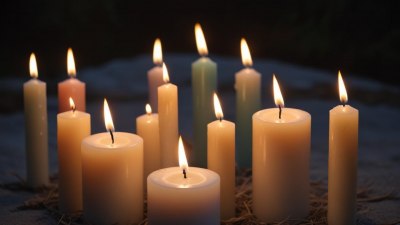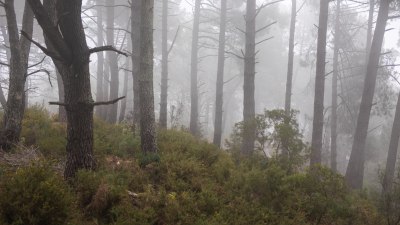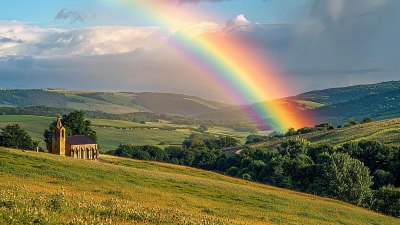Why Wind Always Shows Up Right When It’s Time to Light Candles
Explore the reasons behind the timely appearance of wind when lighting candles and its effects on mood and ambiance.

This image was created with the assistance of Freepik
Every time we gather to light candles, whether it’s for a dinner, a celebration, or simply to set a calming mood, there seems to be an uncanny tendency for the wind to make an appearance. It’s a phenomenon that many have experienced, leading to the question: why does the wind always show up right when it’s time to light candles? In this article, we delve into the science of wind, the psychology of our perception, and the cultural significance of candles to understand this curious occurrence.
The Nature of Wind
Wind is essentially moving air, created by the uneven heating of the Earth’s surface by the sun. This uneven heating results in variations in air pressure, causing air to move from areas of high pressure to low pressure. When we light candles, especially outdoors or in open spaces, we commonly experience gusts of wind. This can be exacerbated in certain environments like near bodies of water, where breezes are prevalent.
Environmental Factors
Several environmental factors can contribute to the appearance of wind at dusk or during candle lighting rituals. Natural dispersion of heat during the evening often leads to cooler air settling down, creating a gradual airflow—what we perceive as wind. Additionally, outdoor settings might have natural wind corridors, where specific geography creates breezy areas. Even tall buildings can channel air and create unexpected gusts. Thus, the timing of our candle-lighting rituals often coincides with these natural phenomena.
Psychological Perception
Our psychological perception could also play a significant role in our interpretation of wind at the time candles are lit. The human mind is wired to recognize patterns and create narratives around events, leading to heightened awareness of our surroundings when engaging in significant actions such as lighting candles. When we engage in these rituals, we are more likely to notice the wind—a natural part of our environment that might have otherwise gone unnoticed.
Cultural Associations
Candles have been used in various cultural and religious practices throughout history. The act of lighting candles often comes with a sense of reverence and intention, which can amplify other sensory experiences, like the feel of the wind. In many cultures, wind symbolizes change, spirit, and connection to the divine—the very qualities many people embody during a candle-lighting ceremony.
Wind as an Element of Atmosphere
Lighting candles typically aims to create a certain atmosphere—warmth, tranquility, or celebration. Wind, in its diverse forms, can add a layer of complexity to this ambiance, perhaps by introducing a sense of unpredictability or evoking nostalgia of past experiences. The fluttering flame of a candle in the wind can be mesmerizing, drawing our attention to the present moment and elevating our overall experience.
Scientific Studies
While anecdotal evidence abounds regarding wind and candle lighting, scientific studies remain limited. However, researchers have explored various elements of the natural world and how they impact human behavior and sensory perception. Studies on light and perception suggest that ambient conditions, including wind, can significantly impact our emotional responses during social interactions, potentially explaining why we notice wind more prominently during communal events involving candles.
Practical Implications
Understanding the relationship between wind and candle lighting can also have practical implications. For those who use candles for ambiance or celebration, it’s worth considering how outdoor environments may affect the experience. People may need to think about windbreaks or choose enclosed spaces when planning outdoor gatherings to minimize distractions caused by wind. Alternatively, embracing the wind can also mean adapting practice to create a harmonious interaction between flame and air.
Whether functioning as a natural phenomenon, a psychological response, or an aspect of cultural significance, the interplay of wind and candle lighting is rich and multifaceted. When you next light candles, take a moment to reflect on the breeze that may accompany your ritual; it’s more than an atmospheric annoyance—it’s part of a larger narrative that aligns your intentions with the natural world.











